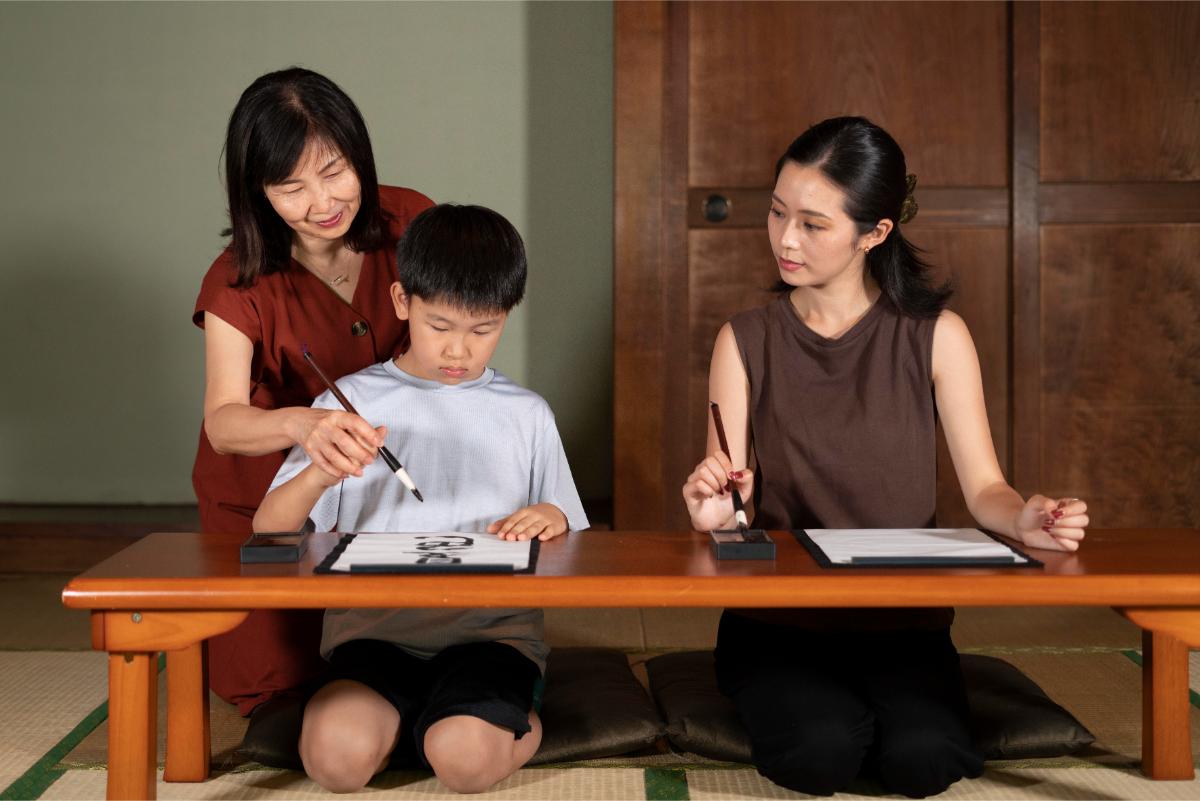In New South Wales, child custody — formally recognised as parental responsibility under the Family Law Act 1975 (Cth) — can take several legal forms depending on the circumstances of each family.
The main types of child custody in NSW include equal shared parental responsibility, where both parents make major decisions together; sole parental responsibility, where one parent has full authority due to safety or communication issues; equal time arrangements, allowing the child to live with each parent for similar periods; substantial and significant time, ensuring regular and meaningful contact even when equal time isn’t practical; and primary residence with contact time, where the child primarily resides with one parent but continues to spend scheduled time with the other.
These arrangements are determined by the Federal Circuit and Family Court of Australia (FCFCOA) according to what best supports the child’s welfare, stability, and best interests.
What is Parental Responsibility?
In Australia, parental responsibility refers to the legal authority and obligation parents have to make major decisions about their child’s life — including education, healthcare, religion, and general welfare. Under section 61B of the Family Law Act 1975 (Cth), this responsibility continues regardless of whether the parents live together, separate, or divorce.
In practice, parental responsibility determines who has the right to decide long-term matters affecting a child’s development. It can be shared equally between both parents (known as equal shared parental responsibility) or granted solely to one parent (known as sole parental responsibility) when shared decision-making is not in the child’s best interests — for example, in cases involving family violence, neglect, or persistent conflict.
The Family Court or Federal Circuit and Family Court of Australia (FCFCOA) can make parenting orders to formalise these arrangements. While the term “custody” is still used in everyday language, the law now focuses on parental duties rather than ownership or control, ensuring the child’s wellbeing remains the central consideration.

Types of Child Custody Arrangements in NSW
Although the law now uses the term parental responsibility, custody in practice still describes two critical aspects:
- Decision-making power
- Living arrangements.
When unsure which arrangement best applies, seeking early legal advice or finding a good family lawyer can help parents navigate their rights and responsibilities effectively.
1. Equal Shared Parental Responsibility
This is the legislative starting point. Courts presume both parents should share responsibility for long-term decisions, provided no evidence of family violence or abuse exists. Equal shared responsibility does not necessarily mean the child spends equal time with each parent; rather, it promotes meaningful involvement by both.
2. Sole Parental Responsibility
The Court may order sole parental responsibility if shared decision-making would expose the child to risk or emotional harm. It grants one parent full authority to make long-term decisions independently. Such orders are common in cases involving violence, neglect, or entrenched conflict.
3. Equal Time Arrangements
Where equal shared parental responsibility is ordered, the Court must then consider whether equal time is practical and in the child’s best interests. Equal time may be appropriate when parents live close to one another, communicate effectively, and the child’s schooling and routine can be maintained without disruption.
4. Substantial and Significant Time
If equal time is not feasible, the Court may order substantial and significant time with one parent. This ensures the child maintains a meaningful relationship beyond occasional visits — participating in weekday routines, school activities, and special occasions.
5. Primary Residence with Time Allocation
In some cases, one parent provides the child’s main residence while the other has defined time, such as weekends or holidays. This model often applies when parents live far apart or when continuity and stability in schooling or social environment are key considerations.
How Child Custody Is Determined in NSW?
The Federal Circuit and Family Court of Australia determines parenting matters using the best interests of the child test, outlined in section 60CC of the Family Law Act 1975 (Cth).
The Court considers:
- The benefit of the child having a meaningful relationship with both parents; and
- The need to protect the child from physical or psychological harm.
Beyond these primary considerations, additional factors include:
- The child’s own views, depending on age and maturity.
- Each parent’s capacity to meet the child’s emotional and developmental needs.
- The impact of change and the importance of stability.
- Any history of family violence or substance misuse.
- Cultural or linguistic background, particularly for Aboriginal and Torres Strait Islander children.
Judges assess these factors holistically, with emphasis on safety, continuity, and the preservation of strong, nurturing family bonds.
Parenting Plans vs Parenting Orders
In NSW, post-separation parenting arrangements can be structured either informally or through the Court.
- Parenting Plan: A written, signed agreement between parents outlining care arrangements. It is not legally enforceable but can later be used as evidence of intention.
- Parenting Order: A formal Court order that defines where the child lives, how much time they spend with each parent, and who holds decision-making authority. Parenting orders are legally binding, and non-compliance can result in enforcement or contravention proceedings.
Before filing an application for parenting orders, parties must generally attempt Family Dispute Resolution (FDR) and obtain a Section 60I Certificate, unless exemptions apply (e.g., family violence or urgency).
The Role of the Court in NSW Custody Matters
The FCFCOA is responsible for adjudicating all family law parenting matters in NSW.
Its functions include:
- Assessing evidence to determine arrangements consistent with the child’s welfare.
- Appointing Independent Children’s Lawyers (ICLs) in complex cases to represent the child’s best interests.
- Enforcing or varying existing parenting orders when circumstances materially change.
Courts encourage parents to resolve disputes through mediation wherever possible, recognising that cooperative parenting arrangements better serve long-term child development.
What Constitutes the “Best Interests of the Child”?
The best interests of the child principle is the cornerstone of Australian family law. It requires that every custody decision prioritise the child’s safety, emotional wellbeing, and developmental needs over any parental claim or preference.
In NSW, the Court interprets this standard as ensuring:
- A safe, violence-free environment.
- Consistent care and emotional stability.
- Access to education, health, and cultural identity.
- Ongoing relationships with both parents where appropriate.
The principle recognises that children benefit most from stable, cooperative parenting rather than adversarial disputes.

Frequently Asked Questions
Understanding the different types of child custody in NSW is only part of the picture. Every family’s situation is unique, and the Court considers a wide range of legal and practical factors before making final parenting orders. To help clarify some of the most common concerns parents face, the following frequently asked questions address how child custody works in practice under Australian family law.
What are the main types of child custody in NSW?
The key arrangements include equal shared parental responsibility, sole parental responsibility, equal time, substantial and significant time, and primary residence models.
How do courts decide custody in NSW?
Custody decisions are made by applying the best interests of the child test, considering factors such as safety, stability, and meaningful relationships with both parents.
What is the difference between custody and parental responsibility?
“Custody” refers informally to where a child lives and who makes decisions, whereas “parental responsibility” is the legal term defining parental authority and obligations under the Family Law Act.
Can parenting orders be changed?
Yes. Parenting orders can be varied if there has been a significant change in circumstances — such as relocation, new health issues, or risks to the child’s welfare.
Is equal time automatically granted to both parents?
No. Equal time is only ordered when it is practical, safe, and in the child’s best interests. Otherwise, the Court may order substantial and significant time instead.
Conclusion
Child custody in NSW — legally defined as parental responsibility — is designed to protect the welfare and stability of children following separation. Whether arrangements are reached by agreement or through the Court, the guiding principle remains the same: decisions must serve the child’s best interests above all else.
If navigating a parenting dispute or seeking to formalise custody arrangements, obtaining early advice from a qualified family lawyer is essential. A professional can help you understand your rights, prepare documentation, and represent your child’s welfare effectively in the Federal Circuit and Family Court of Australia.
Visit LegalFinda to connect with a trusted family lawyer in NSW who can provide tailored guidance for your situation.

LegalFinda Editorial Team
The LegalFinda Editorial Team is composed of qualified Australian solicitors, legal researchers, and content editors with experience across family, property, criminal, and employment law.
The team’s mission is to translate complex legislation into clear, reliable guidance that helps everyday Australians understand their legal rights and connect with the right lawyer.



